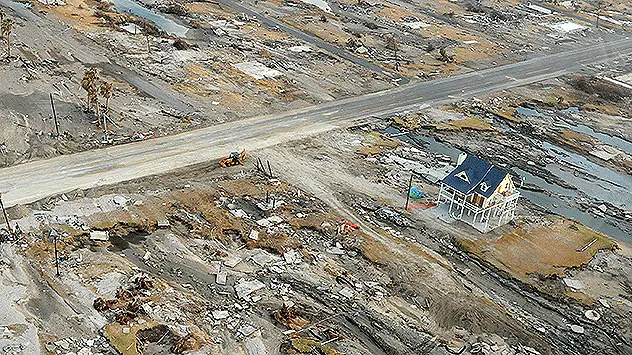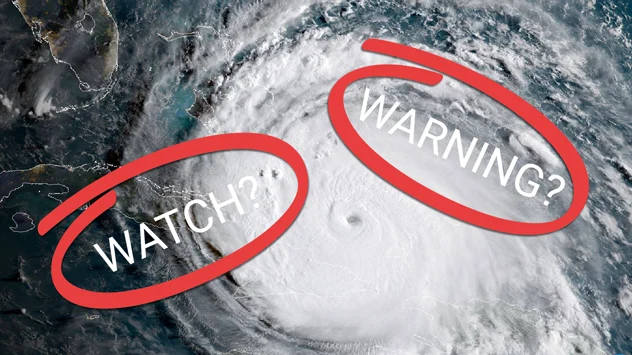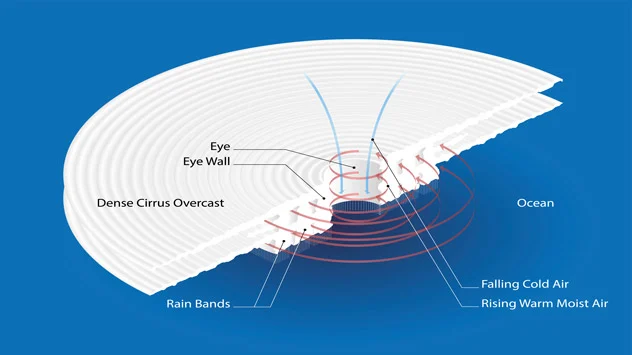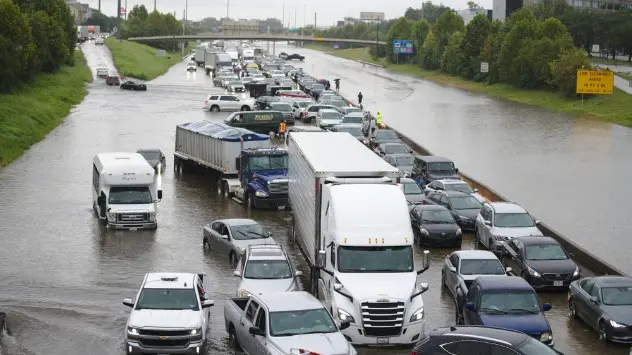Much better to end week
Hurricane seasonThe terminology you must know


Watch
Warning
Subtropical storms

Eye
Eyewall

Hurricane-force winds
Tropical-storm-force winds

Outer bands
www.weatherandradar.com





www.weatherandradar.com